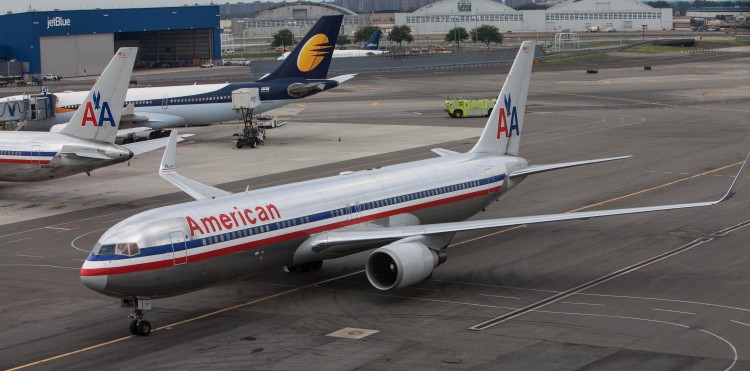AMR Corp., the parent of American Airlines, and US Airways Group are planning an $11 billion merger, which was announced Thursday morning Feb. 14. The deal will create the largest airline by passenger traffic and move American Airlines out of bankruptcy.
The merger was approved by the boards of both companies late in the day Wednesday, Feb. 13. The merger talks have reportedly been going on privately since at least August. Apart from the two boards of directors, creditors of American Airlines and U.S. anti-trust regulators must also give their consent.
The parties worked to announce the deal before Friday, as some nondisclosure agreements expire that day. If successful, the deal will reportedly give the combined airline a market capitalization of $10 to 11 billion.
Change Is in the Air
Completion of the merger marks the last combination of big U.S. stand-alone carriers. Previously, United Airlines and Continental combined, as did Delta and Northwest Airlines. Currently, Delta Airlines holds the top spot in passenger traffic with 111 million per year, according to an analysis by German daily Handelsblatt. US Airways and American Airlines together move 138 million passengers.
It is perhaps not coincidental that American Airlines, which filed for bankruptcy protection in the fall of 2011, recently came out with a massive PR campaign to publicize the “New American.”
“For more than two years, we’ve been building toward a time when the outside of our aircraft reflects the progress we’ve made on the inside. Today, we’re excited to reveal the next step in our transformation,” says the company’s website. A TV commercial of the company is titled Change Is in the Air. The website and the commercials focus on new planes, new uniforms, and a new way of handling passengers after spending the better part of two years in bankruptcy protection.
A merger with US Airways, however, would better fit the goal of becoming a “new American.”
“Together we will be better equipped to offer you an expanded global network with more than 6,700 daily flights to 336 destinations in 56 countries by maintaining all the hubs currently served by both airlines,” read a letter from Suzanne Rubin, head of the AAdvantage program. “The new American is expected to enhance our existing loyalty program benefits through expanded opportunities to earn and redeem miles across the combined network.”
According to a Wall Street Journal report, American’s creditors will receive 72 percent of the new company while US Airways shareholders will receive 28 percent. The new company will be based in Fort Worth, Texas, where the current American Airlines is headquartered, and US Airways CEO Doug Parker will lead the combined company as CEO, while AMR CEO Tom Horton will stay on as chairman of the board on an interim basis.
According to a report by The New York Times, the combined company will have 94,000 employees, 950 planes, and generate revenues of $39 billion, roughly the same as the other two big U.S. competitors, United and Delta. The company plans to save $1 billion through cost savings and increased revenues.
Analysts widely believe that the American-US Airways merger will signal the end of major consolidation in the U.S. airline sector, with three large airlines of nearly identical size competing at the top.
The Epoch Times publishes in 35 countries and in 21 languages. Subscribe to our e-newsletter.







